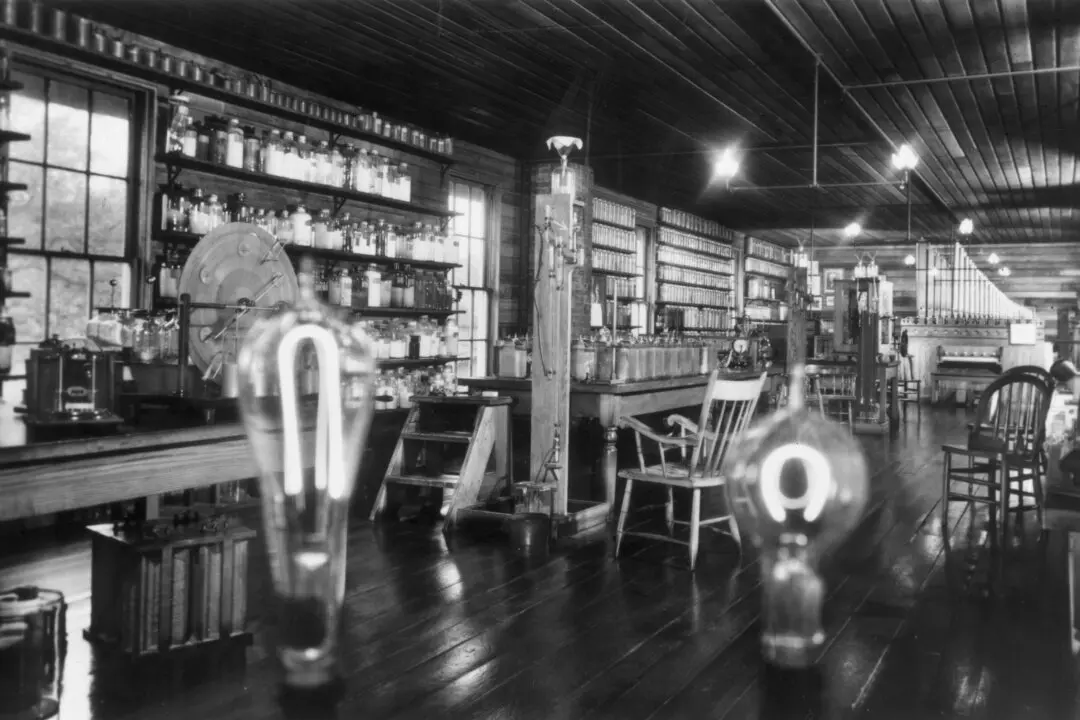Commentary
The most astonishing feature of the fashion industry is that it exists at all. You cannot copyright clothing designs, so every seasonal runway experience is an invitation to piracy. Sometimes, within a matter of months or even weeks, you can find knockoff items in discount retail stores selling for a fraction of the price of the original.





